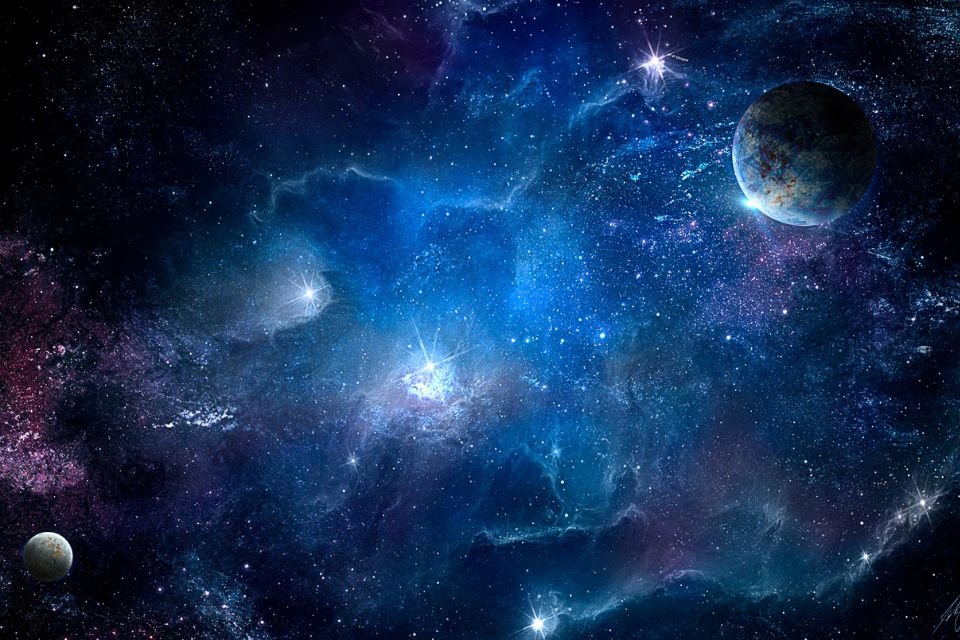Tsinghua University in China brought together a group of Chinese, Australian, European and North American scientists to conduct research. A cosmic object that appears to be the smallest star ever detected by science.
In a paper published in the scientific journal Nature Astronomy, researchers discovered a pair of binary stars in the J0526 system, located approximately 2,670 light-years from Earth.
While studying the binary system, researchers noticed that one star was larger and the other was the smallest star ever detected. If true, the paper suggests that red dwarfs are not the smallest type of stars, as other new theories suggest. New discovery is a hot subdwarfIt is part of a region approximately seven times the size of our planet.
The star, named TMTS J0526B, was detected using the Tsinghua University-Ma Huateng Survey Telescope (TMTS) telescope in China. It is only one-third the mass of the Sun and reaches a temperature of over 2 thousand degrees Celsius. Unlike the solar surface, which uses hydrogen for the fusion process, the star burns helium.
“This system consists of a carbon-oxygen white dwarf star with a mass of about 0.74 solar masses and a hot subdwarf star with a mass of about 0.33 solar masses. The radius of this hot subdwarf is only seven times that of the Earth and is It represents the star with the smallest volume.”
Smallest star detected is still 7 times larger than Earth
The star is slightly smaller than Saturn, being about seven times the size of Earth; It orbits its sibling, TSMS J0526A, every 20 minutes. The largest cosmic object is a white dwarf, which cannot be seen due to its peculiar properties. Researchers only realized it was there thanks to differences detected in the orbit of the small star.
According to researchers, The study is important because it may confirm a theory put forward by other scientists more than two decades ago. Previous studies had predicted that stars like TMTS J0526B could form through mass exchange in a binary system.
“Although J0526A cannot be seen by the telescope, we know it exists because, on the one hand, it is so dense that the force of gravity turns J0526B from a spherical structure into an egg-shaped structure. Such a unique binary system, containing ultra-small and ultra-light stars and an extremely short orbital period, was predicted to exist but had never been detected before. Now it’s our job [oferece] first direct observational evidence,” the researchers wrote on the website. South China Morning Post.
Did you like the content? So, you can find up-to-date information on all astronomical discoveries here TecMundo and get the opportunity to understand why space is dark and even full of stars.
Source: Tec Mundo
I’m Blaine Morgan, an experienced journalist and writer with over 8 years of experience in the tech industry. My expertise lies in writing about technology news and trends, covering everything from cutting-edge gadgets to emerging software developments. I’ve written for several leading publications including Gadget Onus where I am an author.













